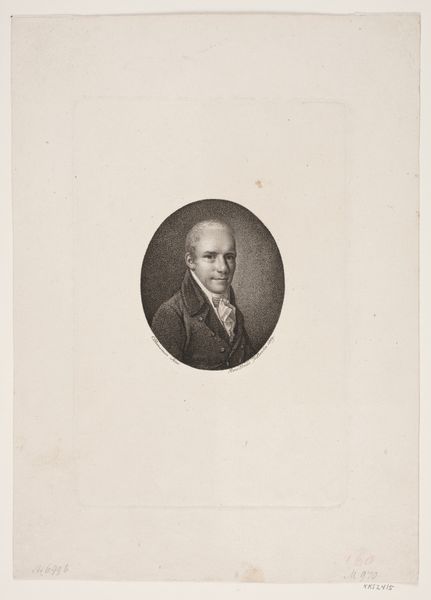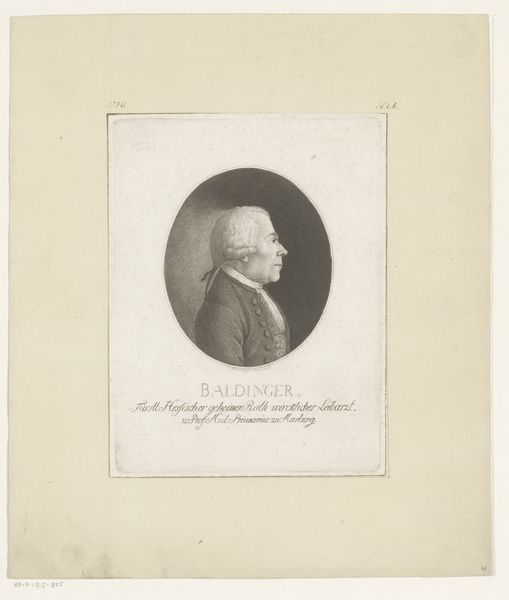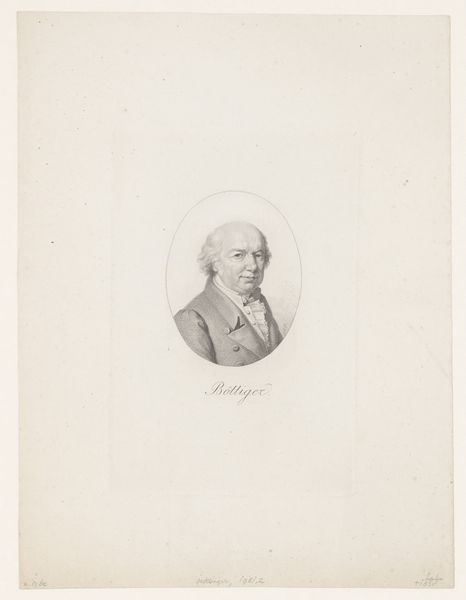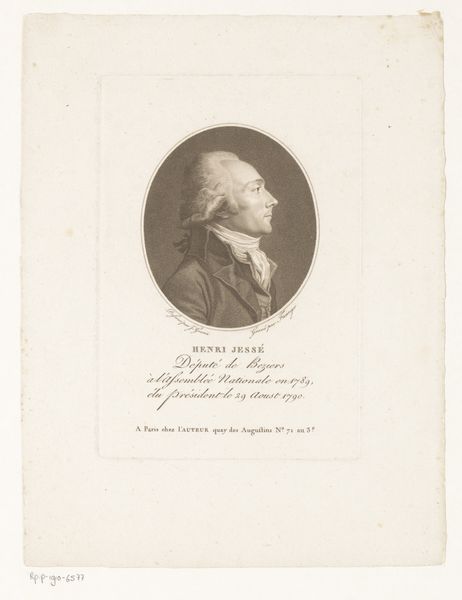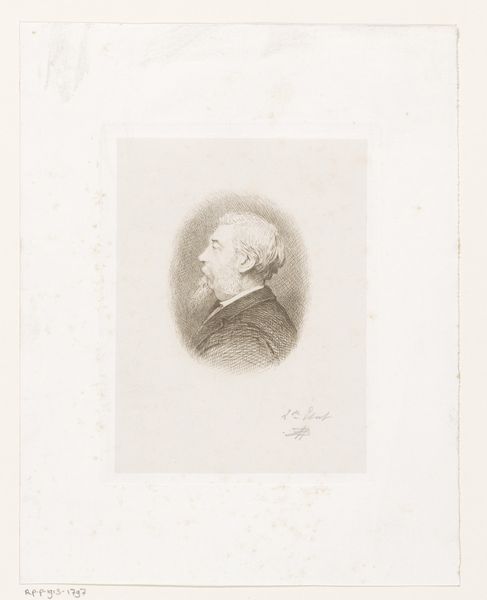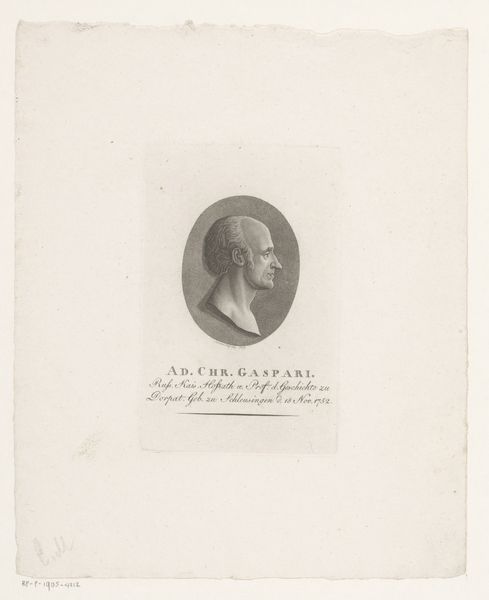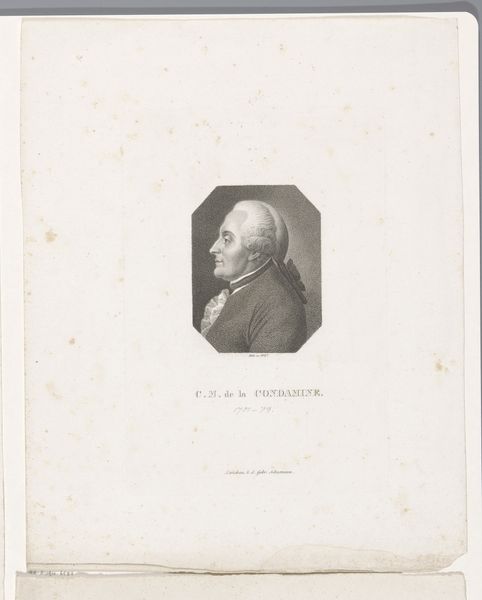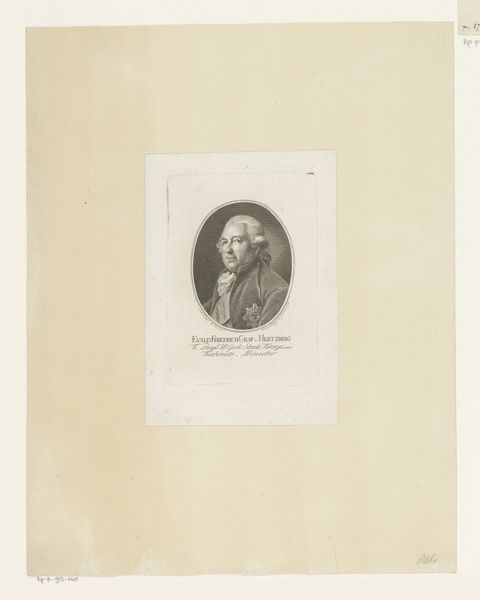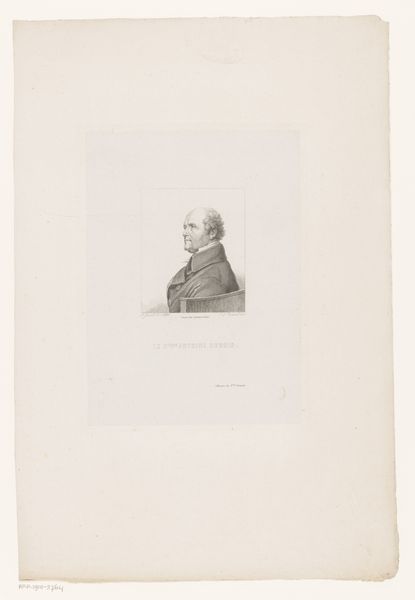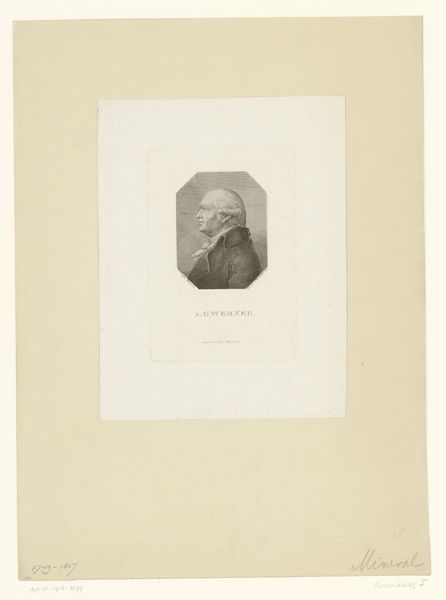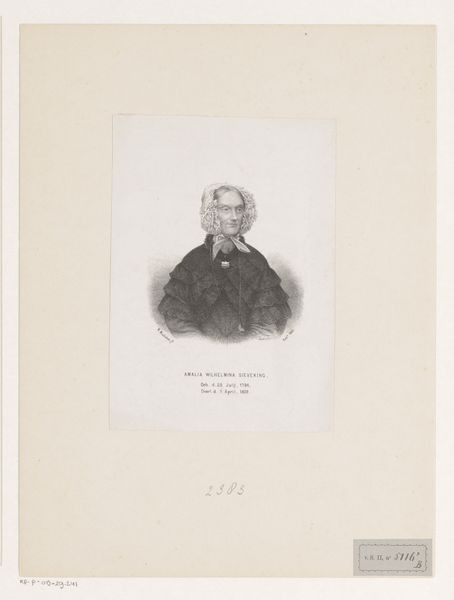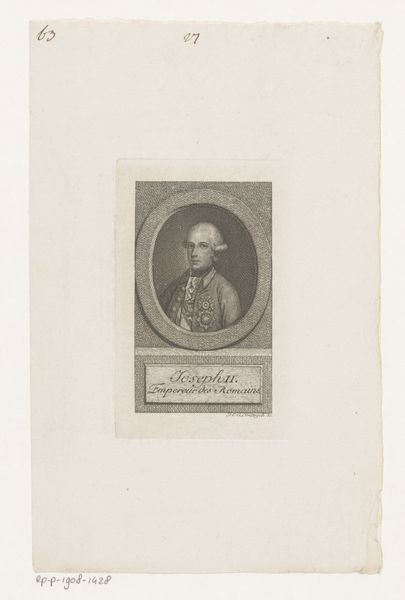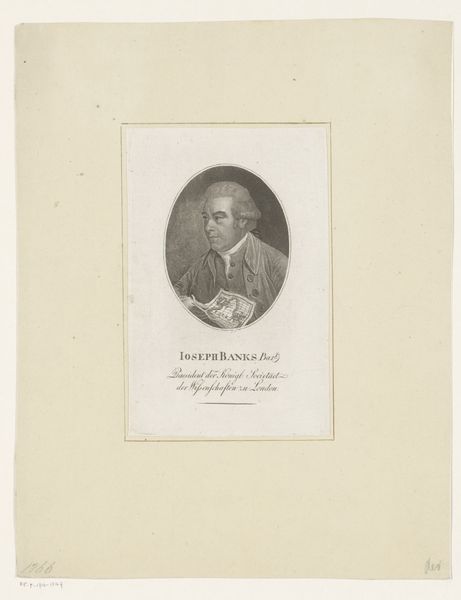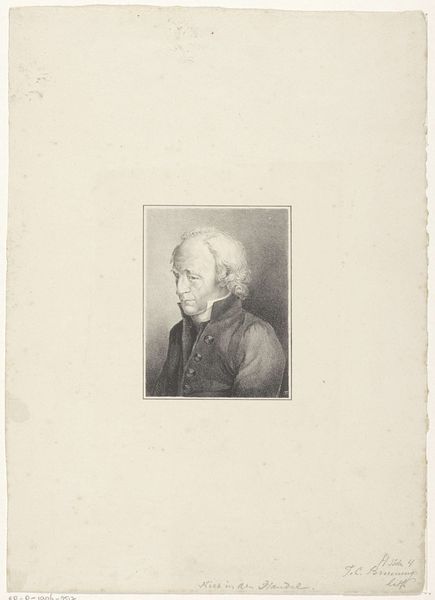
drawing, paper, pencil, graphite
#
portrait
#
drawing
#
paper
#
pencil
#
graphite
Dimensions: height 173 mm, width 131 mm
Copyright: Rijks Museum: Open Domain
Léopold Flameng made this print of Jean-Baptiste Greuze, the famous French painter, in the 19th century. It’s an etching, a printmaking technique that involves using acid to cut into a metal plate. So why make a print of a portrait? In 19th-century France, prints played a crucial role in disseminating images and ideas to a wider public, way before digital media. This etching allowed Flameng to circulate Greuze's image, reinforcing his fame and influence. The art world of the time was shaped by institutions like the Académie Royale, which promoted certain artists and styles. Flameng’s print participates in this institutional structure by reproducing and celebrating the work of a prominent academic painter. By studying prints like this one, along with archival documents and other historical sources, we can gain a deeper understanding of the social and institutional contexts that shaped the production and reception of art in 19th-century France. Art, after all, doesn't exist in a vacuum.
Comments
No comments
Be the first to comment and join the conversation on the ultimate creative platform.
